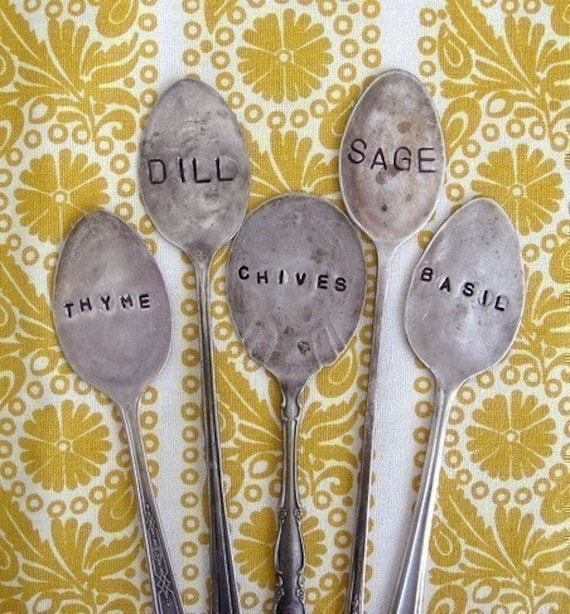Blackcurrants and redcurrants freshly picked from Thurloxton's fields
Summertime is on it's way and with it comes the the seasonal glut of glorious fruit and vegetables. One thing to make the most of (apart from the last trickle of British asparagus) is soft fruit. The supermarkets are packed with them - British strawberries and raspberries were both on offer when I last went - but the quality can be a little hit and miss as they are difficult to transport. That's the trouble with soft fruit. It's, well, soft.
Luckily for us, we have a great pick your own place nearby called
Thurloxton Growers which grows all sorts from rhubarb and gooseberries to broadbeans and asparagus. They have several fields with lots of produce fresh on the vine, bush or plant to pick at your own pace. It's not cheap but the quality is amazing and they tend to have fruit that is otherwise hard to come by - red gooseberries and loganberries to name just two. Have a look for some fields near you
here or type 'Pick your own' and then your location into a search engine. Many places, Thurloxton included, sell other local produce such as fresh cream to go with your freshly picked strawberries!
Otherwise, if you're stuck with the supermarket for your fruit, take a minute to take a close look at the fruit that goes into your basket. If the fruit has darker, soft patches or looks bruised, find another punnet. Alternatively, if you want your berries for jam or will be using them the same day, corner a member of staff and ask for a discount. It might sound embarrassing but if you don't ask, you don't get.
I spent a lovely afternoon picking red and black currants in the fields of Thurloxton. I'm very partial to eating the redcurrants raw if they're sweet enough but the blackcurrants proved a little too tart for snacking on. My Mother-in-Love had suggested jam but I wanted to do some baking with them.
What to make with my hoard? I adore flapjacks. They feel like the less sinful option when you fancy something cakey. They have butter and sugar in like a sponge but they contain oats instead of flour. That makes them healthy, right? Anyway, British Bramley apples are still in season and
you know, dear reader, how much I like the them. It seemed apt to pair British Bramleys with British blackcurrants together.
I whipped up a batch using the apples as a base for the flapjack to give it extra flavour and also to make them moist and chewy. I left the skins in for added fibre (and because I couldn't be faffed to peel them!) which I can't say I've noticed in the finished flapjacks so for the convenience, I'd just keep them on. Once the flapjack base is done, just press the currants onto the surface, sprinkle with sugar and then top with more crumbly oats for a satisfying crunch before you pop it in the oven. It might sound like a lot of trouble for a flapjack but it's actually really simple and adds a lot to the finished article. I imagine that this would work well with any seasonal fruit that you've got lying about. You could also use frozen soft fruits from your freezer or from the supermarket outside of season.
Apple & Blackcurrant Crumble Flapjacks
Makes 12 pieces
For the flapjack base
3 large Bramley apples
200g oats
35ml honey
75g butter
60g sugar
100g fresh (or frozen) blackcurrants, washed
For the crumble topping
55g oats
15g butter, cubed
55g flaked almonds
- Preheat the oven to 180C. Line a 20cm by 20cm baking tin with parchment paper.
- Wash the apples, core them and chop into roughly 1cm cubes.
- Put into a saucepan over a low heat with 40g of the sugar. Cover and simmer gently for around 10 - 15 minutes or until the apples start to fall apart.
- Meanwhile, make the crumble topping by rubbing the butter and oats together with your fingers.
- Stir the apples to form a smoothish paste. Add the butter and honey and bring to a gentle simmer.
- Add the oats and stir until they're completely coated.
- Press into the prepared tin, using a spatula or spoon to level.
- Press the blackcurrants into the top of the flapjack and sprinkle with the remaining sugar.
- Top with the crumble topping and scatter with flaked almonds.
- Bake for 30 minutes until the blackcurrants burst and and the almonds and oats are golden.
















